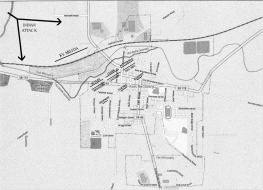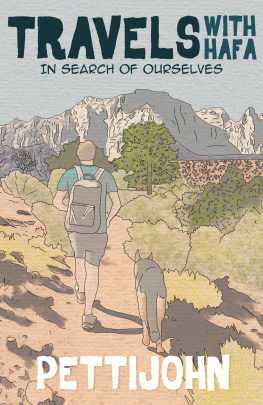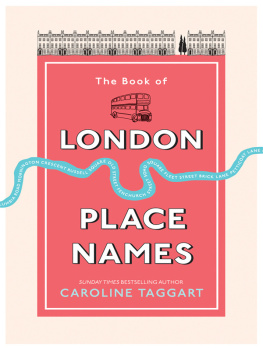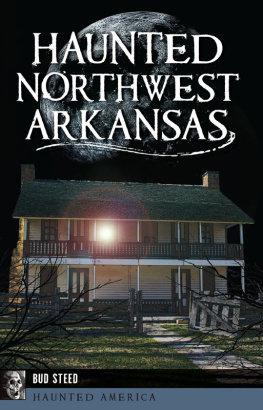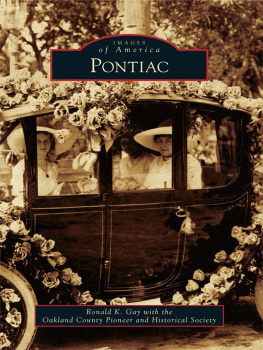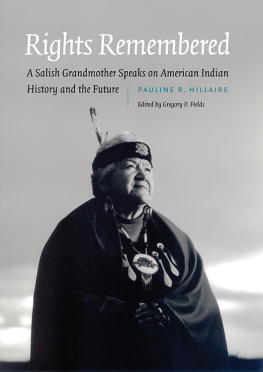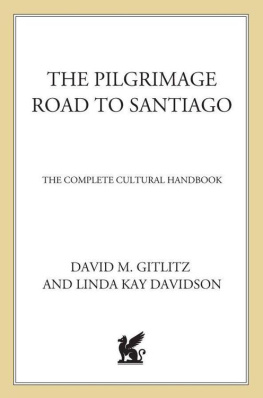Road to
Wapatomica
A modern search for the Old Northwest
Road to
Wapatomica
A modern search for the Old Northwest
By Bob Hunter
CULLODEN BOOKS
Columbus
Copyright 2021 Bob Hunter
All rights reserved.
Published by Culloden Books in the United States of America.
ISBN: 978-1-7366917-2-4 (hardcover)
ISBN: 978-1-7366917-0-0 (softcover).
ISBN: 978-1-7366917-1-7 (Kindle).
ISBN: 978-1-7366917-3-1 (epub)
On the cover Landscape with Covered Wagon, painting by Asher Brown Durand in 1847. Collection of the Indianapolis Museum of Art.
TABLE OF CONTENTS
ACKNOWLEDGMENTS
The success of this book depended, at least in part, on the willingness of strangers to help a writer on a search that may not have made much sense to them. That so many proved so helpful is a testament to the accommodating nature of most Americans, even times of domestic strife, economic hardship and political division.
The best example of this occurred in the tiny Ohio River community of Hanging Rock, Ohio, where I stopped a guy mowing his lawn to ask directions to a rock ledge that was barely visible through the trees at the top of a nearby hill. The grass cutter Mike Chatfield -- offered to give me a ride up to the house of the man who owned the property. When we got there, Chatfield introduced me to the owner Chris Hopper who said that the terrain was too rough for me to walk the rest of the way, and offered to take me up there in his UTV. From there, he also took me to another site he thought I should see. Over the course of an hour, two guys who had never seen me before interrupted their days and went out of their way to help.
The list of people who have aided this search in ways both big and small is immense. From library workers who fielded phone queries from me and sought out others when they couldnt find the answer to historians and archaeologists who were never too busy to give me as much time I needed to understand the nature of a site, historical event or fiction masquerading as fact.
It would be difficult to name every librarian who helped, but I want to offer special thanks to Gayle Martinson and Lisa R. Marine (Wisconsin Historical Society), Marta Ramey, (Briggs library in Ironton, Ohio), Gary Meek (Piqua Public Library), Valerie Elliott and Kaitlynn Carroll (Smith Library of Regional History in Oxford, Ohio), Renee Hopper (Defiance Public Library) and Stephen Headley (Cincinnati Public Library).
I also want to thank Bill Pickard, Erin Bartlett and Bill Eichenberger of the Ohio History Connection, J. Colby Bartlett of the Ouiatenon Preserve, Catherine Wilson of the Greene County Historical Society, Tilda Philpot of the Shelby County Historical Society, Mary Elise Antoine of the Prairie du Chien Historical Society, Susan G. Little and Marjorie A. Smith of the Daughters of the American Revolution, Jim Walker of the Ironton Tribune, Defiance city historian Randy Buchman, Fred K, Snyder of the Ohio Sea Grant Extension, Rich Halquist of The History Center in Fort Wayne, Indiana, Denise Simms Sunderland of the Pickaway County Historical Society and Dr. Clay Johnson, Brenda Arnett and Nancy Stump of the Garst Museum
Special thanks are also offered to Michael Nassaney, Katina Elwood, Ed Rambacher and Judith Vierling Close.
Finally, I want to give special thanks to my son, Rob, who helped create several maps that are found in these pages. He saw me working on one of these early in the process and knowing of my embarrassing lack of artistic skills, offered his assistance.
Ive got it, Dad, he said. This will give you a chance to get a little payback for all of those art classes that you paid for me when I was a kid."
Introduction
When I set out to find the Old Northwest in todays Midwest much of it was hiding in plain sight. This seemed odd only until I realized how few people were looking for it.
What does the Old Northwest mean to you? Probably not much. You may recognize it as another name for the old Northwest Territory, officially created by the Northwest Ordinance in 1787 and intact only until Ohio began preparing for its admission to the union as a state in 1803. But the region between the Ohio and Mississippi rivers near the Great Lakes was sometimes referred to as the Northwest even before it received its formal title as the Territory Northwest of the River Ohio by the Second Continental Congress in the days immediately following the American Revolution.
For my purposes, the geographic boundaries of this book will adhere relatively closely to those political borders the modern states of Ohio, Michigan, Indiana, Illinois, Wisconsin, and northeast Minnesota. The Old Northwests life span is being defined much more broadly however, beginning with the initial interactions of European explorers, missionaries and traders with Native Americans.
Its obvious that most places in the mostly forested land mass of the Old Northwest bore little resemblance, in both appearance and value, to these spots today. Rivers, lakes and mountains defined the geography of that world. The three portages that each earned a visit and a chapter in this book because of their supreme importance in those distant days are fortunate if we have even a vague awareness of them now. Most residents of Portage, Wisconsin, probably know that the Fox-Wisconsin river portage that gave the city its name served an important connector in the fur trade, but most people outside of Wisconsin are probably unconsciously ignorant of it. Portage locations dont get much love from modern travelers. The average twenty-first century man or woman doesnt spend much time lugging canoes from one stream or lake to the next. Hence, they see little practical value in portages existence.
Rivers and lakes that are now primarily used for recreational purposes functioned as the primary highways of Native Americans, explorers and settlers, offering a means of traveling great distances much faster than they could on old Indian and buffalo trails. Mountains were impediments to travel or places of spiritual significance. Now theyre National Parks, ski resorts and good cover photos for Facebook.
Many villages and towns settled early and hugely important back in the day Kaskaskia, Illinois, and Prairie du Chien, Wisconsin, for example -- survive as relatively small, out of the way places that many of us know little about. Many villages and towns that pioneers thought would someday become major cities arent much larger now than when they were settled.
Some significant sites have seemingly vanished altogether. Farm fields cover some of the most important places, including Pickawillany, Loramies trading post and Fort Ouiatenon. The site of Fort Junandat, a French fort/trading post on the south shore of Sandusky Bay, is a victim of shoreline erosion and higher water levels and has been reclaimed by the bay. A few miles west of Springfield, Ohio, a motorist on Interstate 70 between Columbus and Dayton drives directly through the site of one of the major Shawnee villages and doesnt have a clue.
My mission of discovery occurred on many different levels. It didnt take long to realize that important Native Americans and their historic sites arent remembered in the same way as those of the white settlers and their heroes, if they are remembered at all. This is an extension of a sad story that most of us know.
For much of the first two centuries of our nations existence, history treated Native Americans as conquered foes who stood in the way of our manifest destiny. It praised courageous missionaries who introduced civilization and Christianity to pagan tribes, esteemed the frontier spirit that fueled the pioneers relentless push westward and celebrated the feats of heroic soldiers who made the land safe for settlers.
Next page
